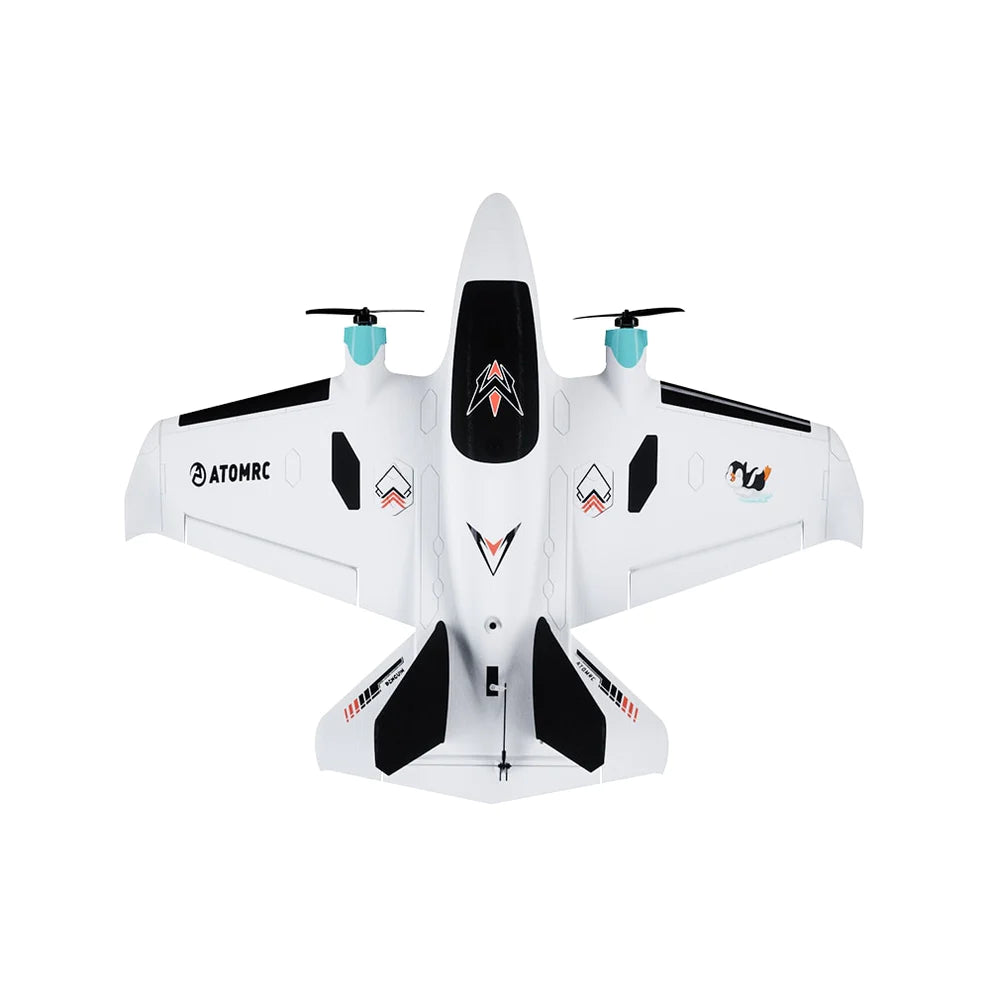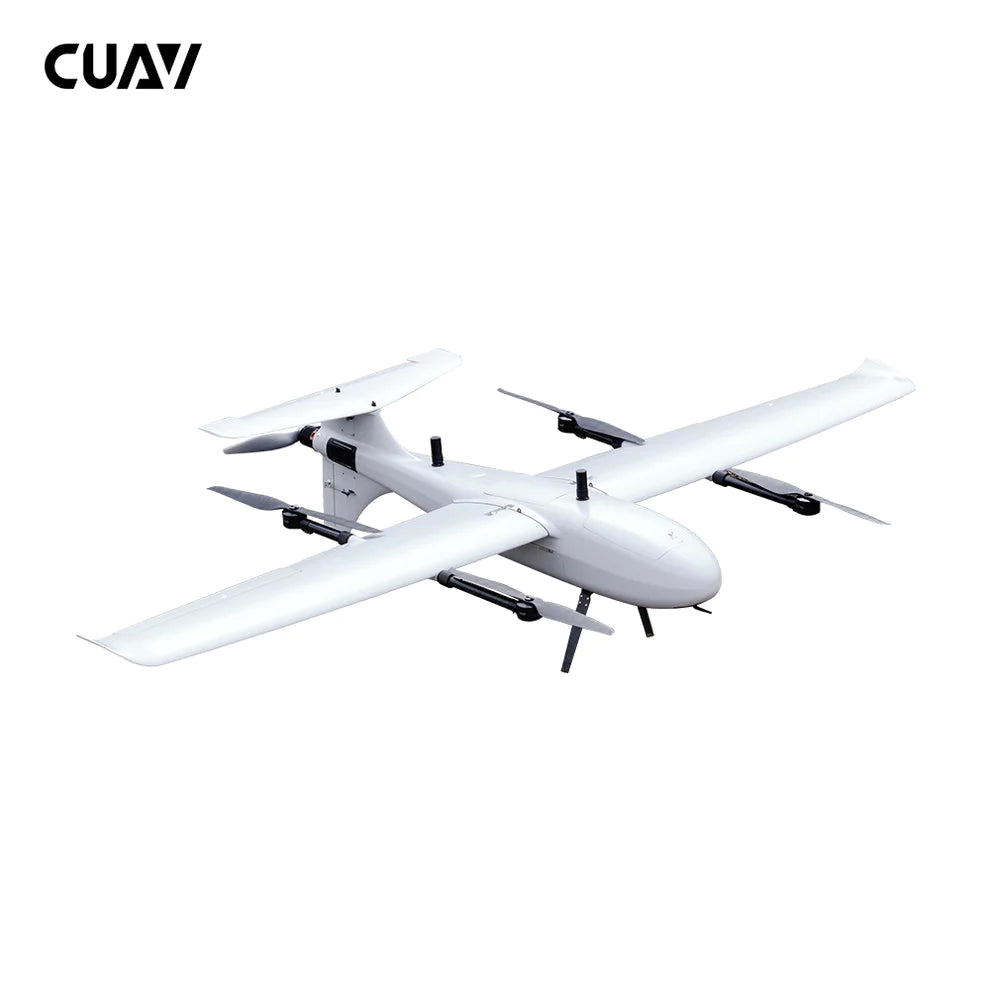2024 Analysis of Drone Types and Their Advantages and Disadvantages
Introduction:
In the ever-evolving landscape of unmanned aerial vehicles (UAVs) or drones, the year 2024 brings forth a diverse array of technological advancements and a wide range of options catering to various industries. These flying robots, controlled remotely or autonomously, have become indispensable tools for tasks ranging from surveillance to precision agriculture. This comprehensive analysis will delve deeper into the four main drone types—Multi-Rotor, Fixed-Wing, Single-Rotor, and Fixed-Wing Hybrid VTOL—unveiling their intricacies, applications, and the nuanced pros and cons associated with each.

Pros:
Multi-rotor drones, characterized by their multiple rotors (commonly tricopters, quadcopters, hexacopters, and octocopters), are renowned for their accessibility and ease of use. These drones offer exceptional maneuverability, allowing movement in multiple directions, including vertical take-off and landing (VTOL) capabilities. Their ability to fly closely to structures makes them ideal for tasks such as aerial photography and inspection. Multi-rotor drones also excel in carrying multiple payloads per flight, enhancing operational efficiency.
Cons:
However, these drones come with limitations. Their endurance and speed are relatively low, making them unsuitable for large-scale aerial mapping and long-distance inspections. The energy inefficiency inherent in multi-rotor design results in shorter flight times, typically around 20-30 minutes with lightweight camera payloads. Heavy-lift multi-rotors can carry more weight but at the expense of even shorter flight times. The current reliance on electric motors restricts them further, preventing significant gains in flight duration until a breakthrough in battery technology occurs.
Technical Uses:
Multi-rotor drones find applications in visual inspections, thermal reports, aerial photography, videography, and 3D scans. Their operational efficiency suits tasks requiring close proximity to structures and buildings, reducing the time needed for inspections.
Camera Drone : https://rcdrone.top/collections/camera-drone
FPV Drone: https://rcdrone.top/collections/fpv-drone
Agriculture Drone: https://rcdrone.top/collections/agriculture-drone
Industrial Drone: https://rcdrone.top/collections/industrial-drone

Pros:
Fixed-wing drones, characterized by a single rigid wing resembling an airplane, distinguish themselves with long endurance, large area coverage, and faster flight speeds. Unlike multi-rotors, fixed-wing drones do not require constant energy to stay aloft, making them more energy-efficient. They are capable of flying at higher altitudes, carrying heavier payloads, and are generally more forgiving in flight.
Cons:
Nevertheless, fixed-wing drones come with their challenges. Launch and recovery demand substantial space, and their lack of VTOL capability makes them harder to fly, necessitating more training. The initial cost of fixed-wing drones is relatively high, and the post-flight process involves extensive data processing, stitching, and analysis, adding complexity to their operation.
Technical Uses:
Fixed-wing drones excel in tasks such as aerial mapping, drone surveying for forestry and environmental purposes, pipeline and power line inspection, agriculture, construction, and security.
RC Airplane: https://rcdrone.top/collections/rc-airplane

Pros:
Single-rotor drones, resembling traditional helicopters, offer advantages in terms of efficiency over multi-rotors, especially if gas-powered for extended endurance. Their long blades contribute to increased efficiency, making them suitable for hovering with heavy payloads or a combination of hovering and long-endurance or fast forward flight. Single-rotor drones are built to be strong and durable, ensuring robustness in various operational scenarios.
Cons:
However, their complexity and cost pose significant challenges. Vibrations and reduced stability during landings are common issues. Maintenance requirements are high due to their mechanical complexity, and the long, heavy spinning blades of a single rotor can present safety concerns.
Technical Uses:
Single-rotor drones find application in tasks such as aerial LIDAR laser scanning, drone surveying, and carrying heavy payloads.
RC Helicopter: https://rcdrone.top/collections/rc-helicopter

Pros:
Fixed-wing hybrid VTOL drones represent a fusion of fixed-wing and rotor-based designs, offering the benefits of both worlds. These drones feature rotors attached to fixed wings, enabling vertical take-off and landing while also facilitating forward flight. While only a few options are currently available, the potential advantages lie in the ability to hover and excel in forward flight.
Cons:
Despite their potential, fixed-wing hybrid VTOLs face challenges as the technology is still in the early stages of development. Limited options exist in the market, and the widespread adoption of this drone type awaits further advancements.
Technical Uses:
Fixed-wing hybrid VTOL drones show promise in drone delivery applications, combining the efficiency of fixed-wing flight with the flexibility of VTOL capabilities.
VTOL Drone: https://rcdrone.top/collections/vtol-drone
Other Significant Drone Types:
Beyond the main four types, several other drone categories have specific applications:
-
Small Drones: Primarily for recreational use, lacking the stability required for commercial functions.
-
Micro Drones: Like the Black Hornet, offering valuable intelligence with micro cameras, used extensively in military applications.
-
Tactical Drones: Equipped with GPS and infrared cameras for surveillance work, balancing size and functionality.
-
Reconnaissance Drones: High Altitude Long Endurance (HALE) and Medium Altitude Long Endurance (MALE) drones for extended missions.
-
Large Combat Drones: Used for precision strikes with laser-guided bombs or air-to-surface missiles, combining range and endurance.
-
Non-Combat Large Drones: Complex drones for extensive reconnaissance missions, offering more capabilities than smaller counterparts.
-
Target and Decoy Drones: Specialized for monitoring and striking targets, with designs tailored to mission requirements.
-
GPS Drones: Utilizing GPS hookup for precise mapping, collecting data for informed decision-making.
-
Photography Drones: Equipped with professional-grade cameras for high-resolution images, employing automated flight modes for precision stability.
Conclusion:
In 2024, the drone landscape is a tapestry of technological diversity, catering to an extensive range of applications. Each drone type presents a unique set of advantages and disadvantages, shaping their suitability for specific tasks. As industries continue to integrate UAV technology, understanding these nuances becomes crucial for maximizing the benefits of drones. Whether it's the accessibility of multi-rotor drones, the efficiency of fixed-wing counterparts, the strength of single-rotor designs, or the potential of fixed-wing hybrid VTOLs, the evolution of drone technology unfolds in a dynamic and promising manner.
